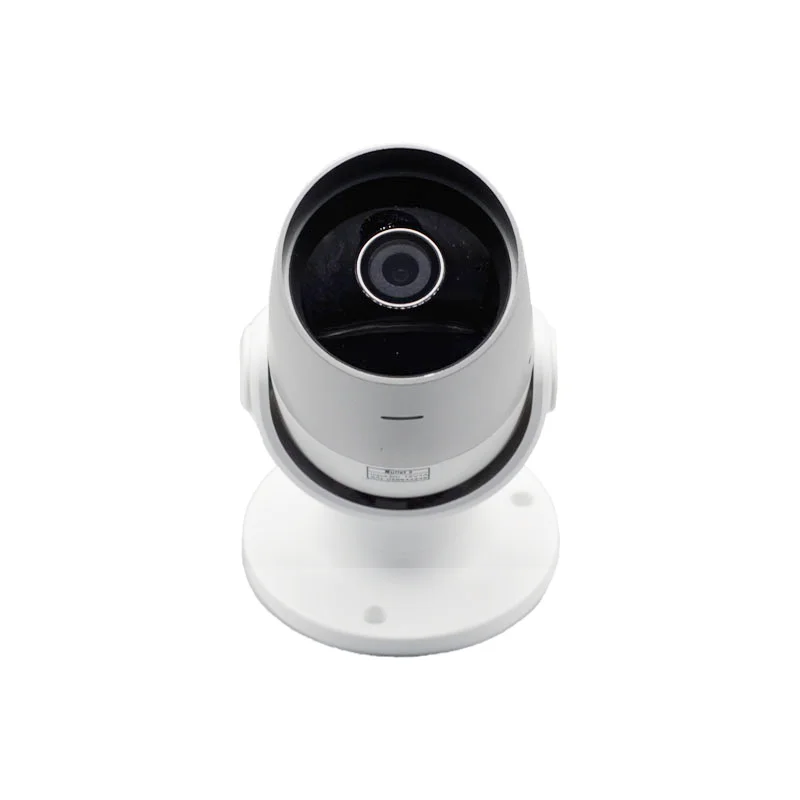

The Nest Aware Plus plan costs $12 per month (or $120 per year) and offers 60 days of motion-triggered storage, plus 10 days of 24/7 video storage for wired Nest cameras. The base Nest Aware plan costs $6 per month (or $60 per year) and includes 30 days of motion-triggered storage. With a Nest Aware subscription, these cameras gain additional motion-triggered cloud video storage face recognition (this also happens on device like the object recognition) and e911, which allows you to call your home’s local 911 dispatcher directly from the Google Home app. The feature will work during a power or internet outage for all but the Nest Cam (wired), which can use the feature only during an internet outage because it lacks a battery.

Google has also built in a feature to keep these cameras recording in the event of a power or internet outage called “local storage fallback.” It allows the cameras to record and save up to an hour of video (or roughly one week of motion-triggered clips) and upload it once power and internet access are restored. And while Arlo offers the same types of AI alerts, Ring cameras and doorbells can only detect people.

Most competing camera brands, such as Arlo and Ring, offer that type of AI by analyzing your videos in the cloud and lumping the cost of that functionality in with their cloud video storage plans. The new cameras don’t require a subscription for their object recognition to work. These missing features are present in earlier Nest cameras, but those earlier models also required a Nest Aware subscription for object recognition of people, packages, etc. At this time, the cameras don’t work with Amazon Alexa or Samsung SmartThings, and Google wouldn’t comment on whether those features are in the works.


 0 kommentar(er)
0 kommentar(er)
